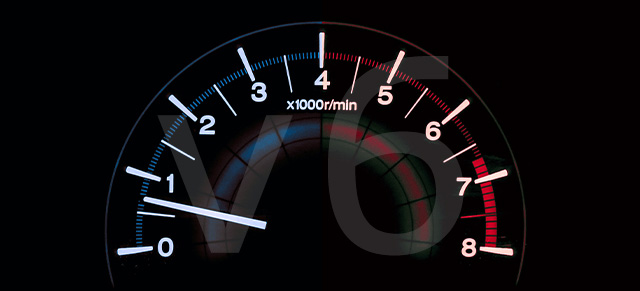The difference between Tasks and Projects may be confusing if you’re new to Project management or have previously relied on a Task management system to manage your Projects. Tasks and Projects are the main building blocks within Project management that enable you to track and organize your work.
Here’s a working definition of the differences in SecureDB.
A Task is a single unit of work that needs to be accomplished within a Project. A Project is the entire series of Tasks that need to be completed together to accomplish a single outcome or goal. For example, if you want to create a new widget, the entire creation process is your Project. A single Task within that Project may be “build widget prototype.”
A Task is similar to an item on a to-do list. It’s one action or step that’s required to move your Project towards the desired outcome. Tasks should be used to:
- Plan all the necessary steps to complete a Project
- Visualize individual steps on a Project Gantt chart
- Store detailed information about processes, how-tos, or notes
Typically, a Task will have a single person assigned to it and require a relatively short time-frame to complete. For instance, one best practice is for Task lengths to be between 1%–10% of the entire Project length. This means that if your Project takes 100 workdays to complete, each Task should be one to ten days in length. Any Task longer than ten days should, therefore, be divided into two or more Tasks.
A Laundry Example
Breaking large Project-based goals into smaller parts can be a little confusing. There’s an art to it. However, we like to think about it in terms of doing laundry.
There are probably a lot of other things that are needed to be done around the house. These might be things like “repaint the play room,” or “repair the deck,” or “do the laundry.” The latter is one of those common and recurring ones that we’ll use in this example.
“Do the Laundry,” is a Project (especially if you have a lot of kids in the house). Let’s break this down into smaller, actionable Tasks, like:
- Separate and Get Dry Cleaning Done
- Sort Laundry into Loads
- Wash, Dry, Fold. Repeat.
We wouldn’t want to break this Project down too far or the number of Tasks could become unmanageable. The purpose of breaking the Project down into Tasks is as much for making a big Project manageable as it is for tracking progress. So, too many individual Tasks provides information overload. Breaking a Project down into the individual clothes you’re going to clean would end up making the Project seem much bigger than it really is. You would be better suited if you broke each Task into sub-Tasks (which you could just note within Task details).
Also, some of these Tasks are dependent on others. You can’t start washing clothes until you’ve separated out your dry cleaning. However, some can be done in parallel. You can absolutely wash your laundry, while the dry cleaner does their work.




